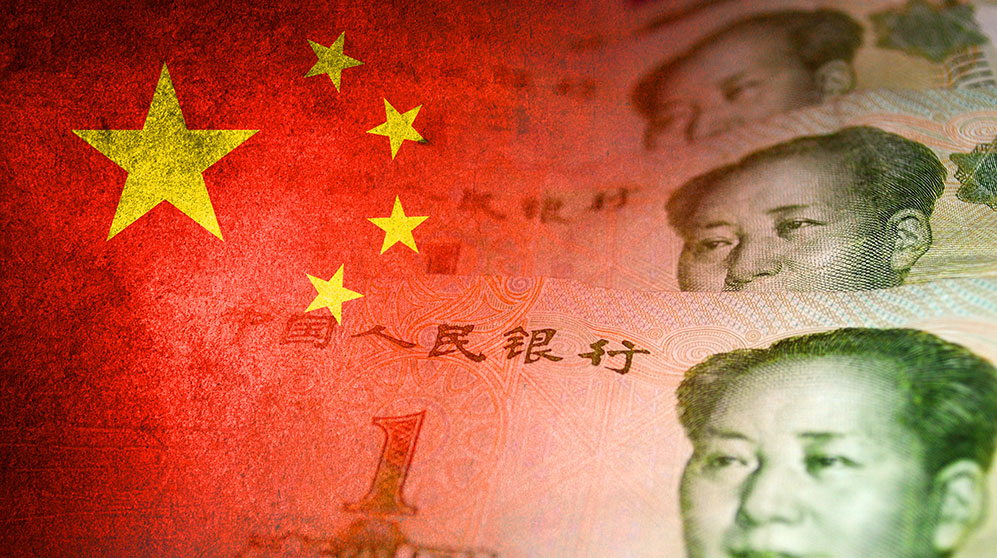Three Monsters Threaten China in 2024
• 3 min read
- Brief: Global Economy

Get the Latest Research & Insights
Sign up to receive an email summary of new articles posted to AMG Research & Insights.

The global economy is widely predicted to slow down in the coming year, but by how much largely depends on China.
With an 18.9% share of the real global economic output, China is now the world’s largest economy (after accounting for exchange rates and differences in prices). The International Monetary Fund projects GDP growth in China to hit 5.4% in 2023 and slow down to 4.6% in 2024, far below the double-digit growth rates observed in the past four decades. However, even these slower growth forecasts feature significant risks to the downside due to monstrous challenges faced by China’s economy. Here are three:
Real estate ogre – After decades of rapid expansion and fast price growth, China’s property market is hanging over a precipice, with declining property prices, falling construction output, and vacancy rates in several metropolitan areas exceeding 20%. This is particularly worrisome given that the real estate sector directly and indirectly accounts for around 24% of China’s GDP. The sector’s problems have also spilled over to the broader financial sector, which is heavily exposed to the property market.
The turmoil has put a significant stress on Chinese households. Many richer families use apartments as the primary allocation of their savings. As property prices and household wealth decline, people are becoming more reluctant to spend, lowering overall economic demand.
Deflation specter – As domestic consumption and investment demand deteriorate, so does the demand for labor, leading to a further decline in aggregate demand. This puts a downward pressure on prices in the economy and raises a risk of pushing China’s economy into deflation. The country’s headline inflation measure has remained negative since October. If China were to enter a full-blown deflation scenario, it could create further problems for the economy by increasing the real burden of debts. As companies and local governments are heavily indebted, such an increase could lead to a wave of bankruptcies and push the economy into recession.
Lingering gremlin – China continues struggling to convert its economic growth model from one dependent on cheap labor and manufacturing export goods to one relying on domestic consumption and production of higher-end goods. It has made progress on the latter with burgeoning high-tech industries, such as electronics and electric vehicles and batteries. But increasing domestic consumption is proving more difficult as individuals remain hesitant to spend in the face of a tumultuous property market and a government reluctant to expand the social safety net.
HOW AMG CAN HELP
Not a client? Find out more about AMG’s Personal Financial Management (PFM) or to book a free consultation call 303-486-1475 or email us the best day and time to reach you.
This information is for general information use only. It is not tailored to any specific situation, is not intended to be investment, tax, financial, legal, or other advice and should not be relied on as such. AMG’s opinions are subject to change without notice, and this report may not be updated to reflect changes in opinion. Forecasts, estimates, and certain other information contained herein are based on proprietary research and should not be considered investment advice or a recommendation to buy, sell or hold any particular security, strategy, or investment product.
Get the latest in Research & Insights
Sign up to receive a weekly email summary of new articles posted to AMG Research & Insights.


